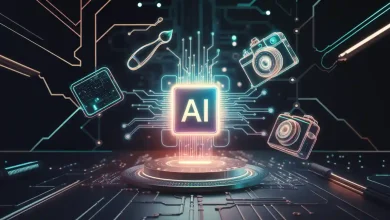In the dynamic world of information technology, support systems play a pivotal role in ensuring smooth operations and resolving technical issues efficiently. When it comes to IT support, there are different levels of assistance that organizations provide to address various complexities and challenges. From basic troubleshooting to intricate problem-solving, Level 1, Level 2, and Level 3 support each serve a distinct purpose in the IT ecosystem.
As technology continues to evolve, businesses rely heavily on their IT infrastructure to function efficiently. However, technical glitches and issues are inevitable. This is where IT support comes into play, offering tailored solutions to address a range of problems.
Defining Levels of IT Support
Understanding Level 1 Support
Level 1 support, often referred to as the first line of defense, involves basic troubleshooting and issue resolution. This support level handles common problems that users encounter, such as password resets, software installations, and network connectivity issues. It’s usually provided by a helpdesk or a call center, where support agents follow predefined scripts to guide users through simple solutions.
Delving into Level 2 Support
Level 2 support steps in when issues are more complex and require deeper technical expertise. At this level, support technicians possess a broader knowledge base and can handle issues that go beyond the scope of Level 1. These may include advanced software problems, system configuration issues, and more intricate hardware concerns. Level 2 support often involves remote assistance, where technicians can access users’ systems to diagnose and resolve problems.
Unveiling the Depth of Level 3 Support
When it comes to the most intricate and challenging technical issues, Level 3 support takes the lead. This level involves experts who possess in-depth knowledge and skills to tackle complex problems that may require extensive research and analysis. Level 3 support addresses issues like server crashes, network failures, and critical software bugs. It often requires collaboration with vendors and may involve developing customized solutions.
Key Differences Between the Levels
Each level of support serves a unique purpose in the IT ecosystem. The primary differences lie in the complexity of the issues they handle, the expertise of the support agents, and the resources they have at their disposal.
- Level 1: Handles basic, common issues with scripted solutions.
- Level 2: Addresses more complex problems with a broader knowledge base and remote assistance.
- Level 3: Deals with intricate technical challenges, often requiring extensive research and collaboration.
When to Engage Each Level of Support
Knowing when to engage each level of support is crucial for efficient issue resolution.
- Level 1: For simple issues that can be resolved quickly.
- Level 2: When issues go beyond basic troubleshooting but don’t require deep analysis.
- Level 3: In cases of critical technical challenges that demand specialized expertise.
The Importance of Effective IT Support
Efficient IT support is integral to business continuity and user satisfaction. It ensures that technical issues are resolved swiftly, minimizing disruptions and downtime.
Enhancing User Experience through Support
Quality IT support contributes to a positive user experience. When users receive prompt and effective solutions to their problems, their confidence in the organization’s technology increases.
Challenges Faced by IT Support Teams
IT support teams encounter various challenges, including managing high call volumes, addressing a wide range of technical issues, and staying updated with rapidly evolving technologies.
Choosing the Right Support Level for Your Organization
Selecting the appropriate support level depends on the organization’s needs, the complexity of its IT environment, and the resources available.
Investing in IT Infrastructure
To streamline support processes, organizations should invest in robust IT infrastructure, including helpdesk software, remote access tools, and knowledge management systems.
Future Trends in IT Support
The future of IT support is likely to involve increased automation, AI-driven solutions, and enhanced self-service options for users.
Conclusion
In the intricate realm of IT support, Level 1, Level 2, and Level 3 play distinct roles in providing solutions to technical challenges. From basic troubleshooting to tackling complex issues, these support levels contribute to efficient business operations and user satisfaction.
More info : help desk services




